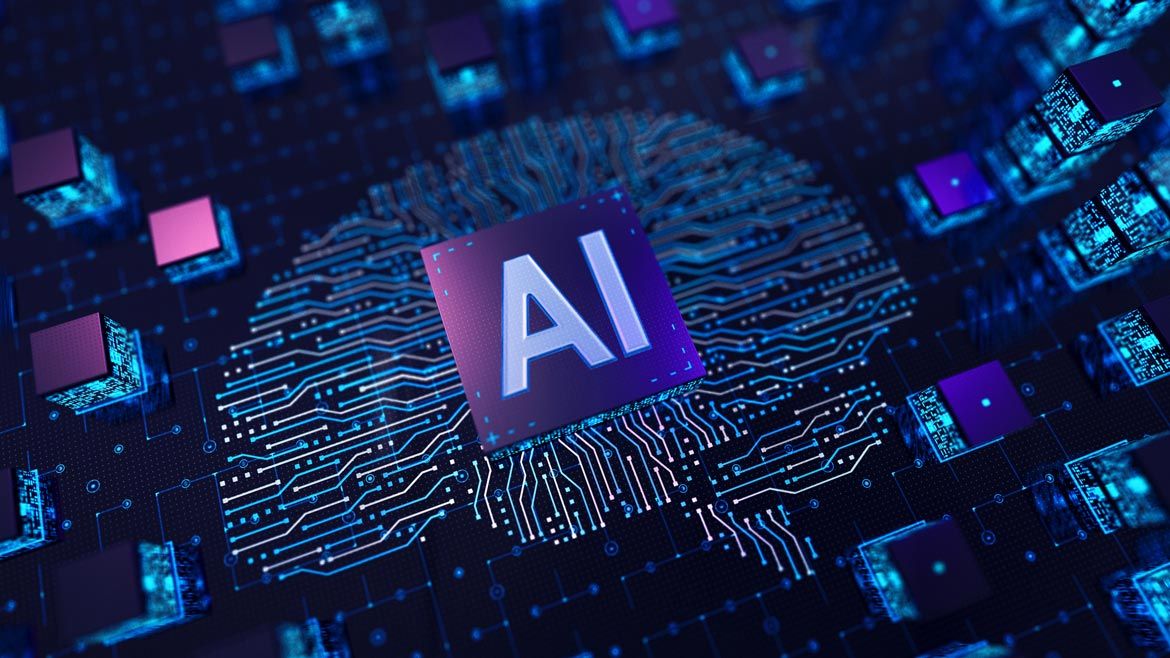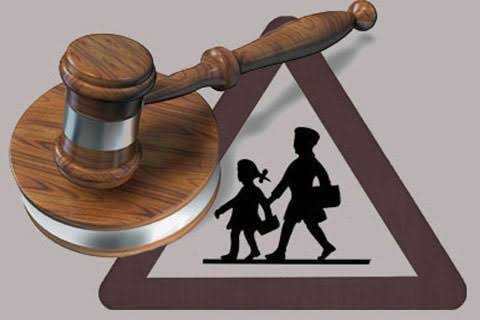Author: Sakshi Varma, a student at The Dharmashastra National Law University, Jabalpur (Madhya Pradesh)
To the Point
The rise of artificial intelligence (AI) has transformed numerous industries, including content creation. AI systems now generate text, images, music, and other forms of creative content, often with remarkable proficiency. However, this rapid advancement introduces complex legal challenges, particularly in the realm of intellectual property (IP) law. The core issue lies in applying existing IP doctrines—primarily designed with human creators in mind—to works produced by non-human entities. This article delves into the legal complexities surrounding AI-generated content, scrutinizing the difficulties in defining authorship, ownership, and copyright protection within the current legal framework. By examining relevant case law and proposing potential reforms, this article aims to illuminate the path toward a more robust IP system that accommodates AI-generated works.
Use of Legal Jargon
Artificial Intelligence (AI) presents a profound challenge to traditional Intellectual Property (IP) law doctrines. The Copyright Act of 1976, along with its international counterparts like the Berne Convention, emphasizes human authorship as a fundamental requirement for copyright protection. This anthropocentric framework is increasingly inadequate as AI systems become capable of generating creative works autonomously. Legal concepts such as “authorship,” “ownership,” and “originality” are strained when applied to AI-generated content, revealing significant doctrinal gaps. Additionally, the Patent Act’s criteria for inventorship, which presumes human inventors, further complicates the legal landscape. These challenges necessitate a re-evaluation of IP laws to address the unique nature of AI-generated content while ensuring that the rights of human creators and innovators are not unduly compromised.
The Proof
Current intellectual property statutes, such as the Copyright Act of 1976 in the United States and the Berne Convention for the Protection of Literary and Artistic Works, provide a framework primarily focused on human authorship. The fundamental premise of these laws is that copyright protection is awarded to “authors” of original works, with originality being a key requirement. However, AI systems generate content through algorithms and machine learning without direct human intervention. This raises critical questions about the applicability of existing IP doctrines to AI-generated works.
The absence of explicit legal provisions for AI-generated content creates uncertainty in several areas. For instance, traditional IP laws do not define the rights of entities that produce content without human authorship. Consequently, AI-generated content may fall into a legal grey area where neither traditional copyright nor patent laws adequately address the nature of the creation. This lack of clarity can lead to inconsistent application of IP protections, potentially undermining the effectiveness of IP law in promoting and protecting creative and innovative endeavors.
Abstract
As artificial intelligence systems increasingly produce creative content, the legal framework for intellectual property faces unprecedented challenges. This article explores the complexities of applying traditional IP laws to AI-generated works, focusing on issues of authorship, ownership, and copyright protection. With existing legal doctrines primarily designed for human creators, the emergence of AI as a content creator necessitates a re-examination of IP principles. By analyzing relevant case law and discussing potential reforms, this article aims to provide a comprehensive overview of the current legal landscape and offer insights into how the legal system can adapt to the rise of AI-generated content.
Case Laws
1. Naruto v. Slater (2018)
– In the case of Naruto v. Slater, the U.S. District Court for the Northern District of California addressed the issue of whether a monkey could hold copyright for a photograph it took. While the case centered on a non-human animal, it highlighted the challenges of assigning copyright to entities other than human creators. The court ruled that copyright could not be granted to the monkey, reinforcing the requirement that authors must be human. This case serves as a precedent for discussing similar issues in the context of AI-generated content, suggesting that current copyright laws may not accommodate non-human creators.
2. Feist Publications v. Rural Telephone Service (1991)
– The U.S. Supreme Court’s decision in Feist Publications v. Rural Telephone Service established that copyright protection requires a minimum level of originality. The Court’s ruling emphasized that copyright cannot extend to facts or compilations lacking original expression. This case underscores the principle that human authorship and originality are central to copyright protection, raising questions about how these principles apply to works generated by AI systems, which may lack traditional notions of human creativity.
3. Thaler v. Hirshfeld (2021)
– In Thaler v. Hirshfeld, the U.S. Patent and Trademark Office (USPTO) denied a patent application that listed an AI system, known as DABUS, as the inventor. The court upheld the decision, reinforcing the requirement that inventors must be human under current patent law. This case illustrates the challenges faced when attempting to apply existing patent doctrines to AI-generated innovations, highlighting the need for legal reform to address the unique nature of AI inventorship and authorship.
Conclusion
The rise of AI-generated content poses significant challenges for the current intellectual property framework. Traditional IP laws, which are grounded in human authorship and creativity, struggle to address the complexities of works produced by AI systems. The legal principles of authorship, ownership, and originality are not easily translatable to the realm of AI, leading to uncertainties and inconsistencies in IP protection.
To address these challenges, there is a need for comprehensive legal reforms that explicitly account for AI-generated content. Such reforms should consider revising definitions of authorship and inventorship, developing new criteria for determining rights and protections for AI-generated works, and ensuring that the IP system continues to incentivize creativity and innovation while adapting to technological advancements. By acknowledging the unique nature of AI-generated content and incorporating it into the legal framework, the legal system can better safeguard the interests of all creators and innovators in an increasingly digital world.
FAQS
1. What is AI-generated content?
AI-generated content refers to any creative work produced by artificial intelligence systems, including texts, images, music, etc. These works are created through algorithms and machine learning without direct human input.
2. Why is AI-generated content a challenge for IP law?
Current IP laws are designed with human creators in mind, focusing on human authorship and creativity. AI-generated content complicates these concepts because it involves non-human entities producing works, leading to uncertainties about authorship, ownership, and copyright.
3. How does current IP law address AI-generated content?
Existing IP laws, such as the Copyright Act and international treaties like the Berne Convention, do not specifically address AI-generated content. This results in legal ambiguities regarding how copyright and patent protections apply to works created by AI systems.
4. Are there any legal cases that address AI-generated content?
While no major cases directly address AI-generated content, related cases like Naruto v. Slater and Thaler v. Hirshfeld provide insights into how the legal system handles non-human creators and inventors. These cases highlight the need for legal adaptation to accommodate AI-generated works.
5. What reforms are needed to address these challenges?
Legal reforms should focus on redefining authorship and inventorship to include AI-generated content, establishing new criteria for IP protection, and ensuring that the IP system remains effective and equitable in the face of technological advancements. These reforms will help bridge the gap between current IP laws and the evolving landscape of AI-generated content.






